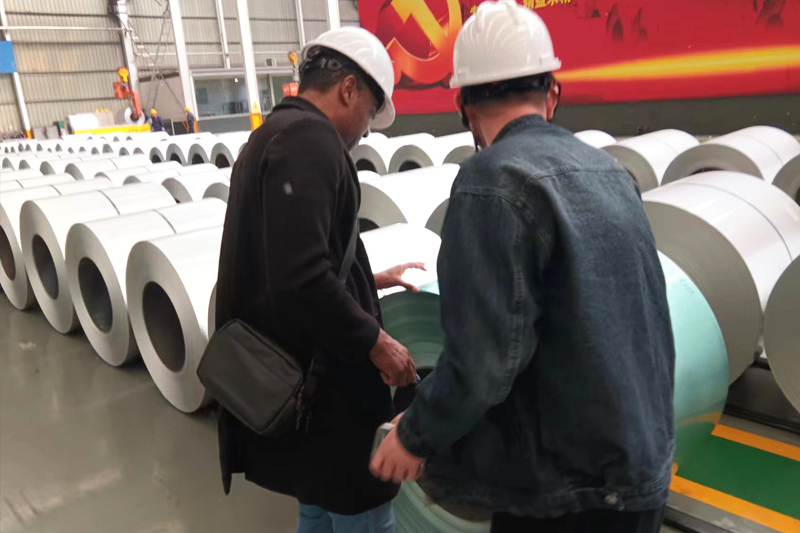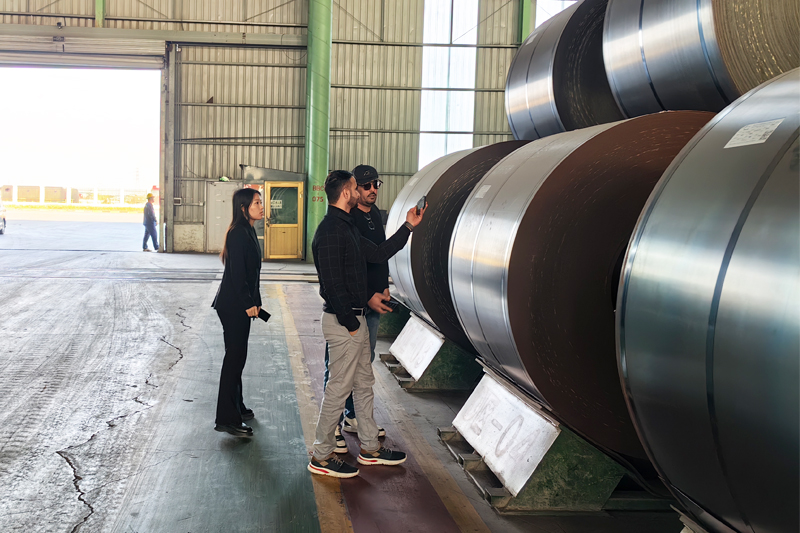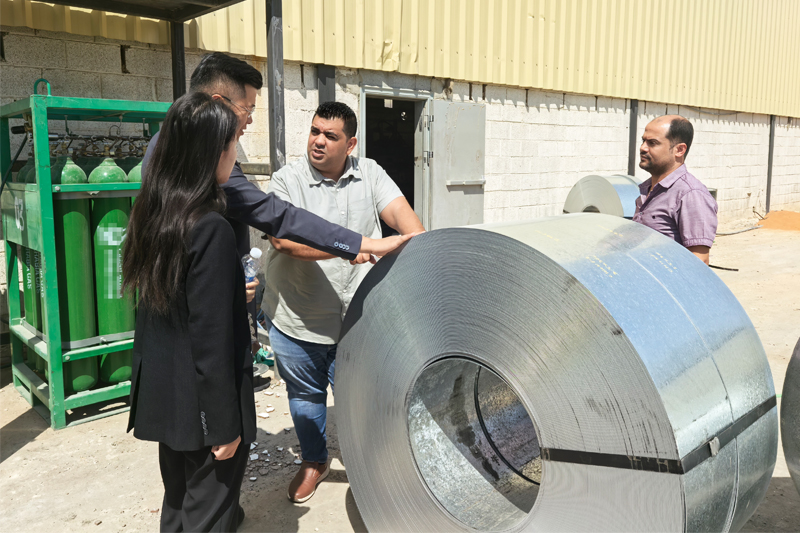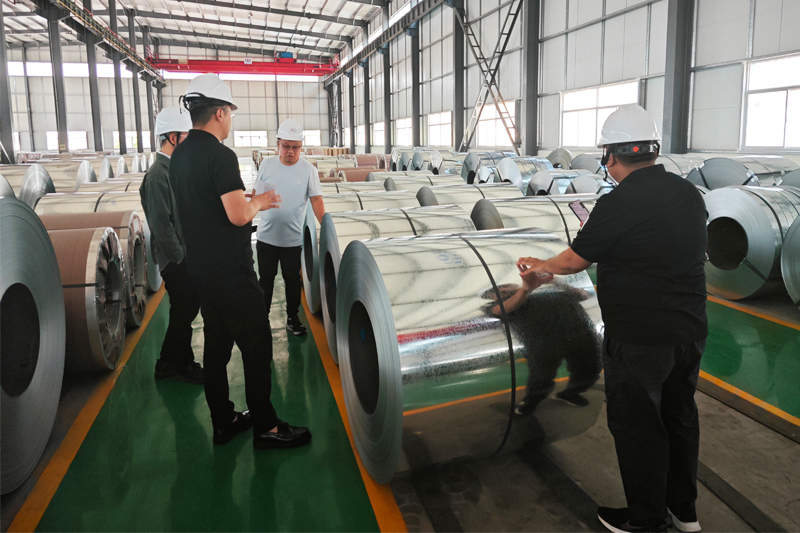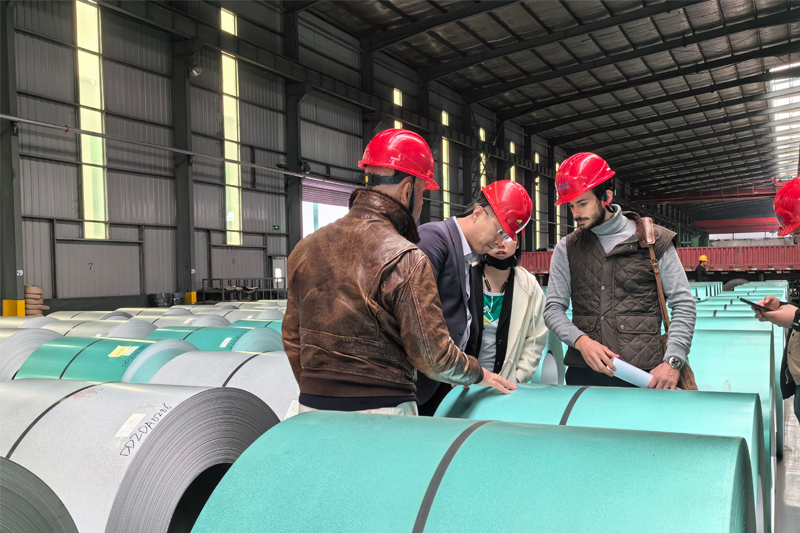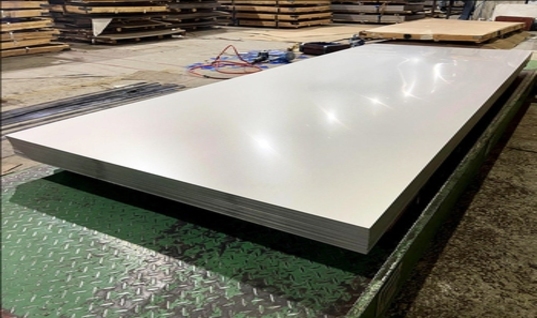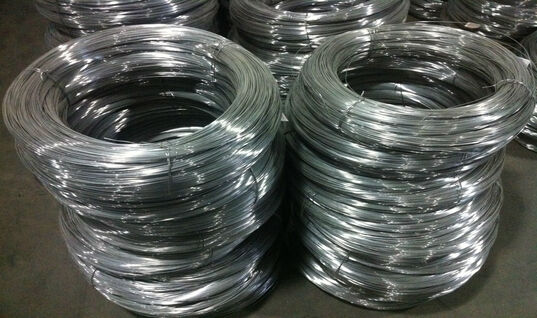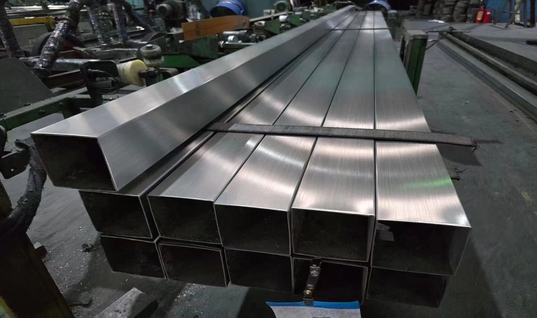In the global trade of corrosion - resistant stainless steel, especially when targeting the European Union (EU) market, compliance with relevant regulations and obtaining the necessary certifications are crucial steps. Among these, REACH (Registration, Evaluation, Authorization and Restriction of Chemicals) compliance and understanding the EU certification process play a vital role in ensuring the smooth export of stainless steel products. This comprehensive guide aims to provide exporters with in - depth insights into these aspects, helping them navigate the complex landscape of stainless steel export certification.
Understanding REACH Compliance for Corrosion - Resistant Stainless Steel
REACH Regulations and Their Impact
REACH is a complex set of EU regulations that aim to protect human health and the environment from the risks posed by chemicals. For corrosion - resistant stainless steel exporters, REACH compliance is essential as it regulates the use, registration, and restriction of chemical substances present in products. Stainless steel may contain various chemical elements, some of which might be subject to REACH restrictions. For example, certain heavy metals like nickel, chromium, and cadmium, which are often present in stainless steel alloys, need to be managed in accordance with REACH requirements. Non - compliance can lead to severe penalties, including product recalls, fines, and being banned from the EU market.
Identifying REACH - Relevant Substances
Exporters must identify the REACH - relevant substances in their corrosion - resistant stainless steel products. This involves conducting a detailed chemical analysis of the stainless steel composition. Nickel, for instance, is widely used in stainless steel to enhance corrosion resistance but is also a substance of very high concern (SVHC) under REACH in certain applications. Exporters should keep track of the SVHC candidate list published by the European Chemicals Agency (ECHA), which is regularly updated. If any SVHCs are present in the stainless steel products above the threshold limit (0.1% weight by weight), specific obligations regarding communication, notification, and even authorization may apply.
Data Management and Documentation
Maintaining accurate data and proper documentation is key to REACH compliance. Exporters need to document the chemical composition of their stainless steel products, including the source of raw materials, manufacturing processes, and any chemical treatments applied. This information should be readily available for inspection by regulatory authorities. Additionally, keep records of any communication with suppliers and customers regarding REACH - relevant substances. A well - organized data management system not only helps in meeting compliance requirements but also builds trust with EU customers.
Navigating the EU Certification Process for Stainless Steel Export
Pre - Certification Preparation
- Product Testing: Before starting the certification process, conduct thorough product testing. Stainless steel products should be tested for corrosion resistance, mechanical properties, and chemical composition in accordance with EU - recognized standards. For example, standards such as EN 10088 for stainless steels in general engineering applications can be used as a reference. Testing should be carried out by accredited laboratories to ensure the validity and acceptance of the results.
- Quality Management System: Establish or review your quality management system (QMS). A QMS compliant with ISO 9001 or, better yet, the aerospace - related AS9100 (if applicable) can enhance the credibility of your products. The QMS should cover all aspects of production, from raw material procurement to final product inspection, ensuring consistent product quality.
Selecting a Notified Body
In the EU, certification for stainless steel products is often carried out by notified bodies. These are independent organizations designated by EU member states to assess and certify products in accordance with EU directives and regulations. Research and select a notified body that has expertise in stainless steel product certification and is recognized in your target EU markets. Check the notified body's reputation, experience, and the scope of its certification services. It's advisable to request quotes from multiple notified bodies and compare their services, turnaround times, and costs before making a decision.
Submitting the Certification Application
Prepare a comprehensive certification application package, which typically includes product specifications, test reports, quality management system documentation, and details of the manufacturing process. Submit the application to the chosen notified body. The notified body will review the application and may request additional information or clarification. During this stage, it's important to maintain good communication with the notified body to ensure a smooth and efficient review process.
Certification Audit and Inspection
Once the application is accepted, the notified body will conduct an audit and inspection. This may involve an on - site visit to your manufacturing facility to assess your production processes, quality control measures, and compliance with relevant standards. The audit team will also review your product samples and test results. Be prepared to address any non - conformities identified during the audit promptly and provide evidence of corrective actions taken.
Obtaining and Maintaining the Certification
If your corrosion - resistant stainless steel products meet all the requirements, the notified body will issue the EU certification. Display the certification mark on your products and packaging as required. However, the certification process doesn't end there. You need to maintain compliance with the relevant regulations and standards over time. This includes regular product testing, updating your quality management system, and staying informed about any changes in EU regulations or standards. Participate in surveillance audits by the notified body to ensure continued compliance and keep your certification valid.
In conclusion, achieving REACH compliance and successfully navigating the EU certification process are essential for exporters of corrosion - resistant stainless steel. By understanding the requirements, preparing thoroughly, and working closely with notified bodies, exporters can obtain the necessary certifications, gain access to the lucrative EU market, and build a solid reputation as reliable suppliers of high - quality stainless steel products.


